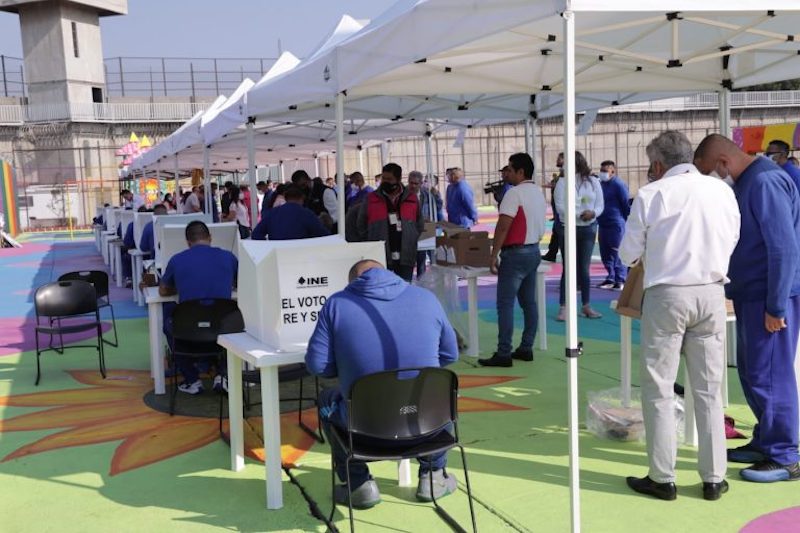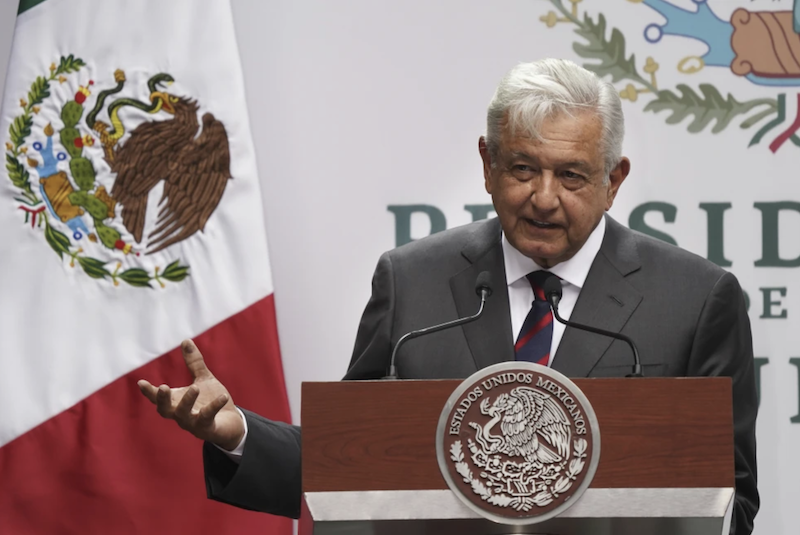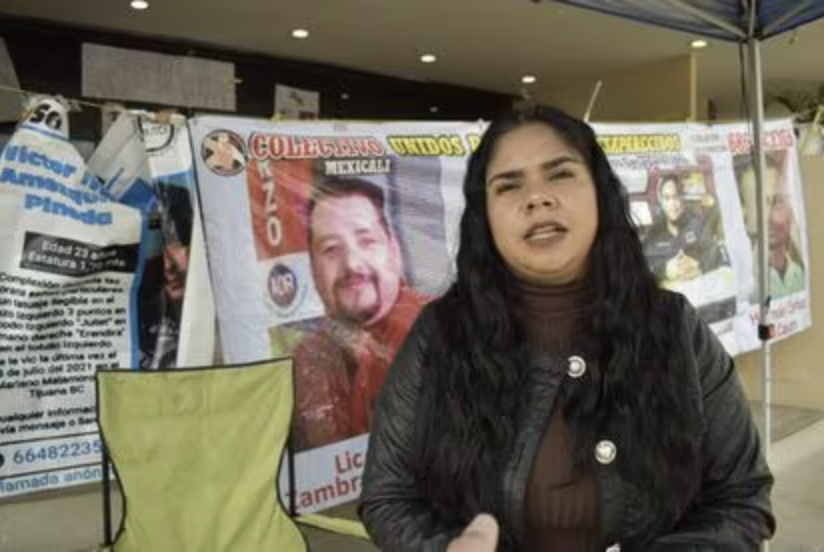02/14/12 – The President of the State Court of Oaxaca (Tribunal Superior de Justicia del Estado, TSJE), Justice Alfredo Rivera Lagunas, expressed that in May of this year the new criminal justice system will be established in the coastal region (La Costa) of the state. This announcement came after analyzing the results of a study conducted by the State Judiciary that broadly presents the current situation of the administration of justice in the region, and which offers proposals to modernize the system. Rivera Lagunas stated that building on the assessment of the criminal courts currently operating in the regions of the Isthmus of Tehuantepec and Mixteca (El Istmo y La Mixteca), they found it feasible to continue the process of implementation of the new justice system so that it now reaches La Costa. Organizationally, the expansion will model that of El Istmo’s and La Mixteca’s judicial systems, given their jurisdictional and administrative efficiency, and thus approval and satisfaction of the citizens that they reach. Both regions have cutting-edge technological equipment and properly selected and trained staff, which are requirements of the new criminal justice system. Hence, the Judiciary in Oaxaca is contemplating the installation of four Juzgados de Garantías in the judicial districts of Huatulco, Pinotepa Nacional, Pochutla, and Puerto Escondido, all in La Costa, which would require a big investment in basic infrastructure, furniture, office equipment, but, above all, in personal services.
Under the Constitutional Reform of 2008 and previous state level reforms, Mexico is transitioning from a mixed-inquisitorial style system to an accusatorial justice system. Commonly known in Mexico as the Oral Trials System, it has introduced the figure of juez de garantía, or a due process judge, that presides over the pre-trial phase (investigation, preliminary hearing, indictment, and plea-bargaining). The abovementioned four new courts in the various districts will be of this nature, and will require an adequate training program for the new judges seated in those courts. According to President Rivera Lagunas, the State Judiciary is designing a comprehensive training program in which aspiring judges will learn the operation of the new system of justice and its implications. Administrative staff for the new courts will also be trained.
On September 6, 2006, two years before the Federal reform was passed, Oaxaca approved a new Code of Criminal Procedures for the transition to an accusatorial justice system, and scheduled the beginning of its implementation the following year. The new accusatorial model was first implemented on September 9, 2007, in the judicial districts in the region of El Istmo, and one year later in the Mixteca region. The process of implementation in Oaxaca is gradually moving from region to region, and with the upcoming expansion to La Costa, only the regions of Cañada, Cuenca, Valles Centrales, and La Sierra remain.
Sources:
“TSJE estudia factibilidad de juicios orales en la Costa”. Ciudadanía Express. February 7, 2012.




